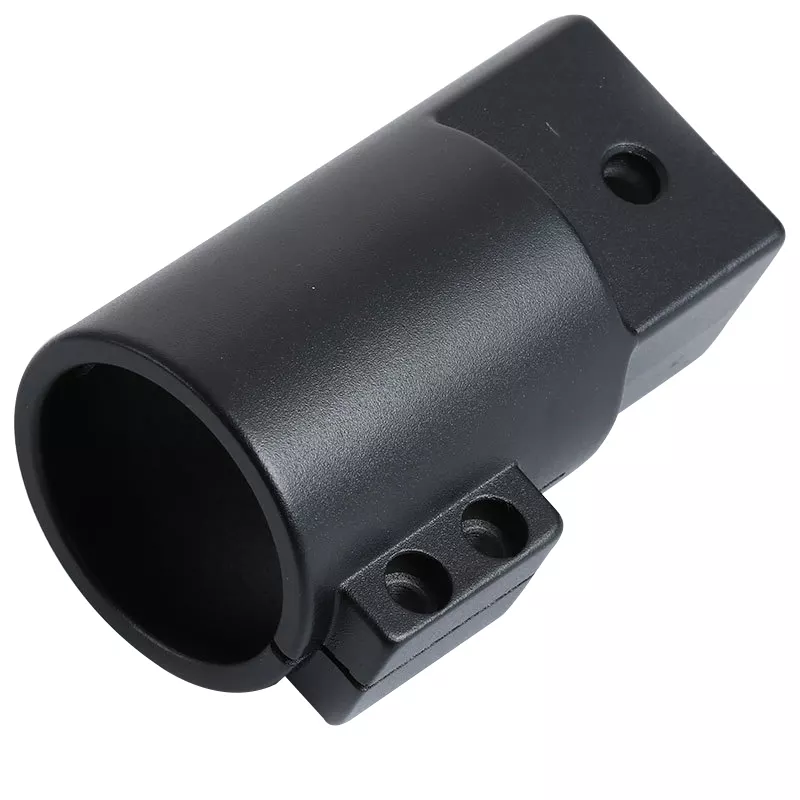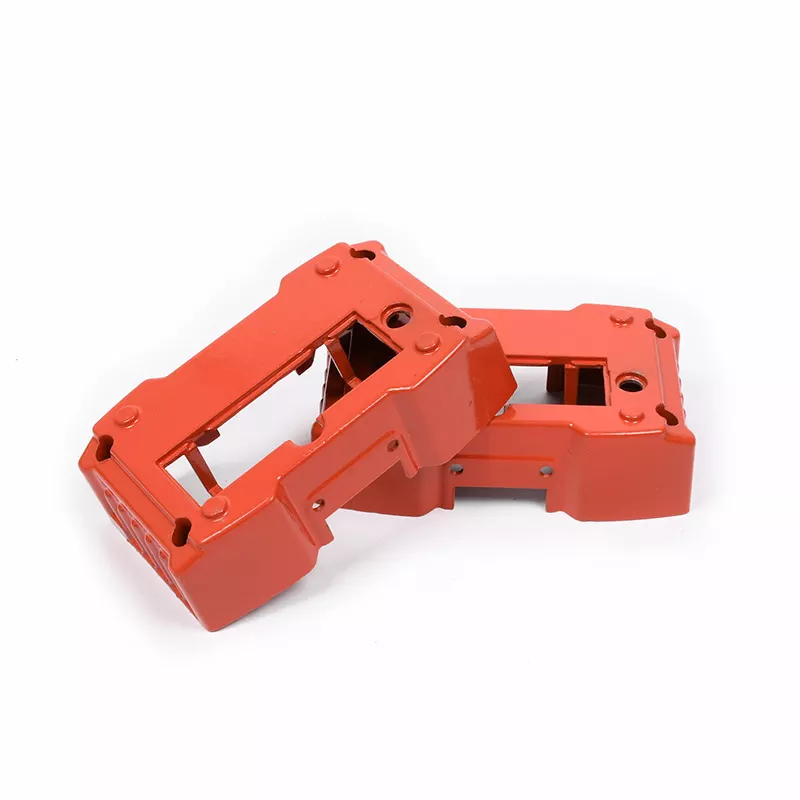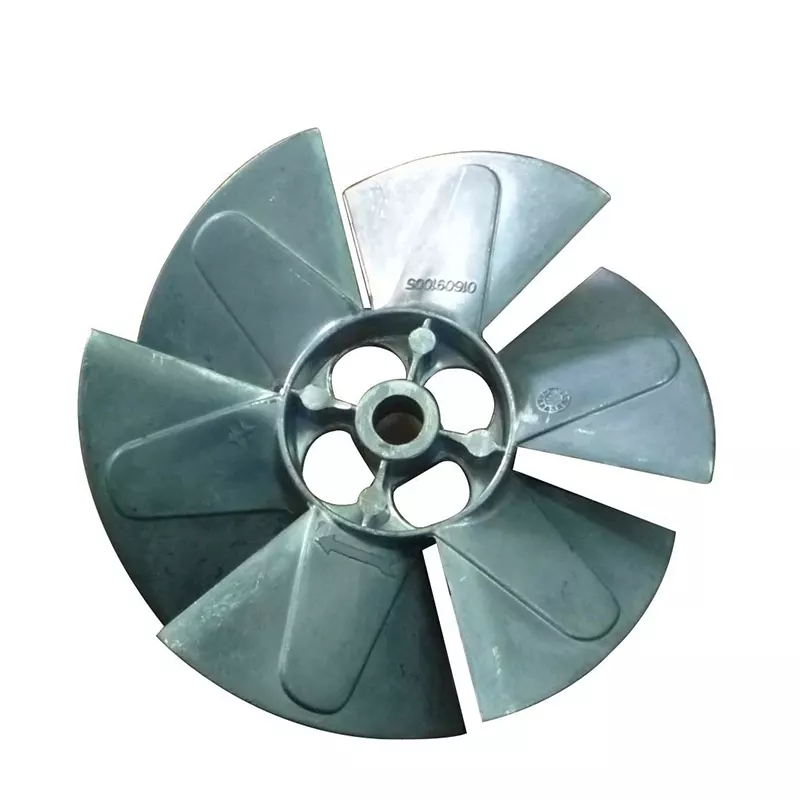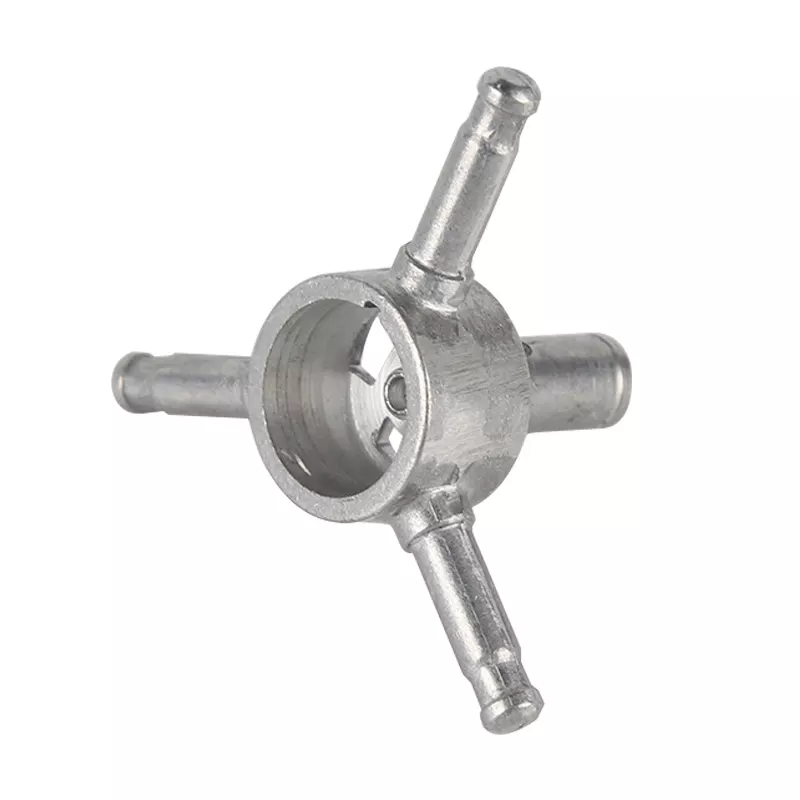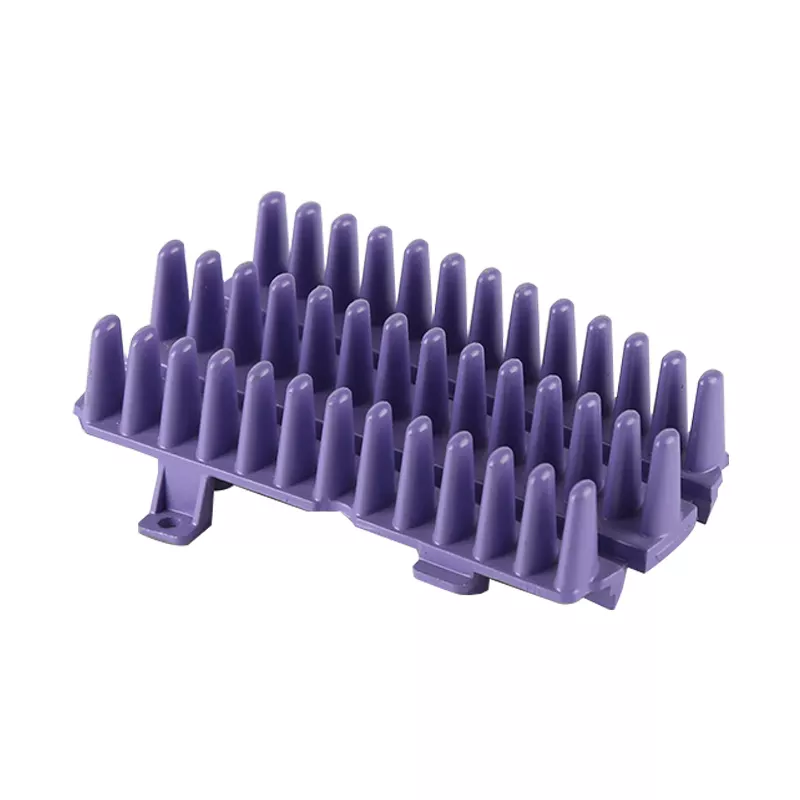Due to different stamping processes and different working conditions, there are many reasons for die bursting. The following is a comprehensive analysis of the causes of die burst in the design, manufacture and use of the die, and corresponding improvement measures are made.
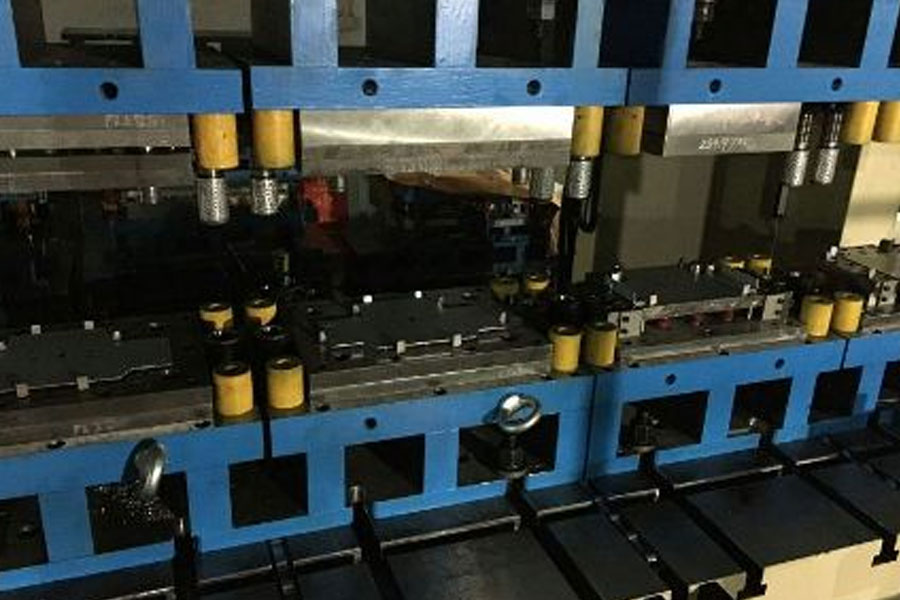
The mold material is not good, and it is easy to break in the subsequent processing
Die life of different materials is often different. For this reason, two basic requirements are put forward for the materials of the working parts of the die:
Therefore, it must be adaptable to various processing techniques, such as forgeability, machinability, hardenability, hardenability, quenching crack sensitivity and grinding workability, etc. .
Heat treatment: deformation caused by improper quenching and tempering process
Practice has proved that the thermal processing quality of the mold has a great impact on the performance and service life of the mold. From the analysis and statistics of the causes of mold failure, it can be seen that "accidents" of mold failure caused by improper heat treatment account for more than 40%.
The mold grinding flatness is not enough, resulting in flexural deformation
The surface quality of mold working parts has a very close relationship with the mold's wear resistance, fracture resistance and adhesion resistance, which directly affects the service life of the mold, especially the surface roughness value has a great impact on the mold life. If the surface roughness value is too large, stress concentration will occur during work, and cracks will easily occur between the peaks and valleys, which will affect the durability of the die, and the corrosion resistance of the workpiece surface, which directly affects the service life of the die And precision, for this, you should pay attention to the following matters:
Design process
The mold strength is not enough, the knife edge spacing is too close, the mold structure is unreasonable, the number of template blocks is not enough, there is no backing board, the mold is not guided correctly, and the gap is unreasonable.
Wire cutting process
The thread cutting is artificially pulled, the thread cutting gap is handled incorrectly, and the metamorphic layer is not affected by the clear angle and the thread cutting.
The cutting edge of the die is mostly processed by wire cutting. Due to the thermal effect and electrolysis of the wire cutting process, a certain thickness of metamorphic layer is produced on the surface of the mold, which causes the surface hardness to decrease, and the appearance of microcracks, etc., makes the wire cutting die prone to early wear, which directly affects the die blanking gap. Keeping and cutting edges are easy to chip and shorten the service life of the mold. Therefore, in the on-line cutting process, reasonable electrical standards should be selected to minimize the depth of the metamorphic layer.
Selection of Punch Equipment
The punch tonnage, the punching force is not enough, and the die is adjusted too deeply.
The accuracy and rigidity of stamping equipment (such as presses) have an extremely important impact on the life of the die. The stamping equipment has high precision and good rigidity, and the life of the die is greatly improved. For example, the material of the complex silicon steel sheet die is Crl2MoV, which can be used on an ordinary open press with an average regrinding life of 10,000 to 30,000; while on a new precision press, the die’s regrinding life can reach 60,000 to 120,000.
Stamping process
The raw material thickness tolerance of the stamping parts is out of tolerance, material performance fluctuations, poor surface quality (such as rust) or dirty (such as oil stains), etc., will cause increased wear and tear of mold working parts and easy chipping. For this reason, it should be noted:




